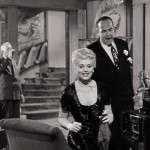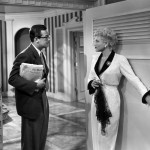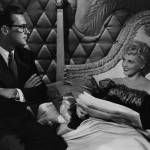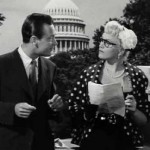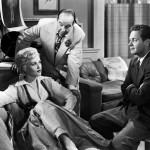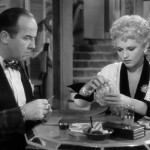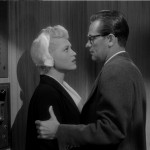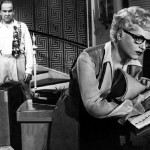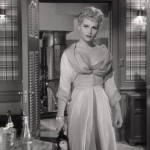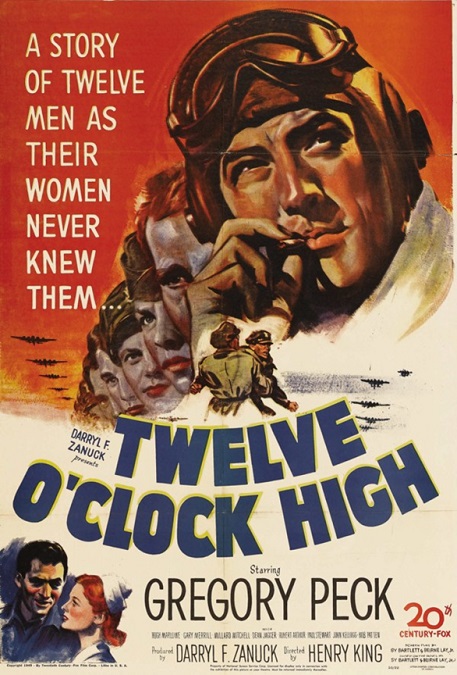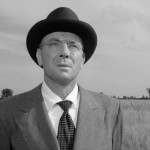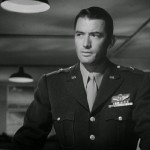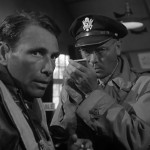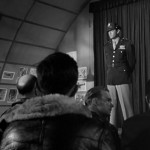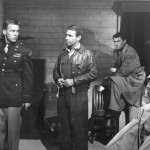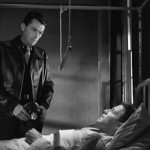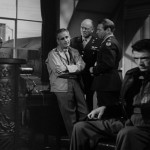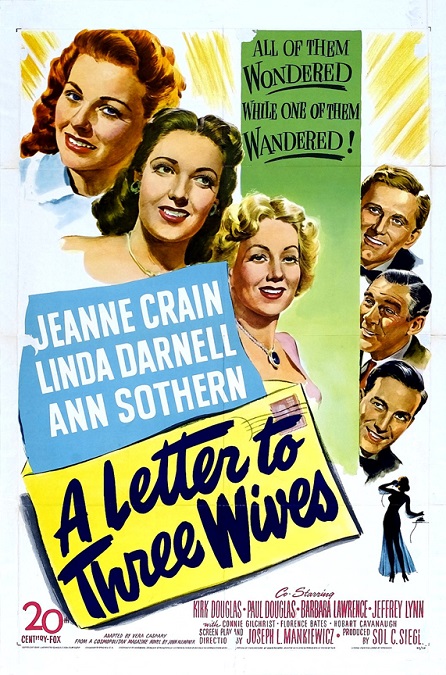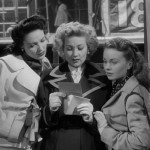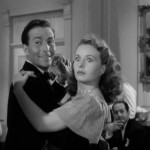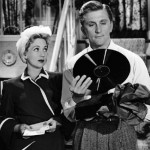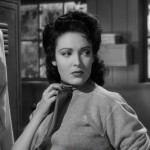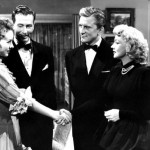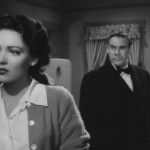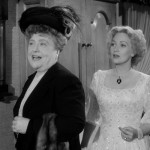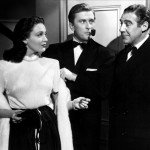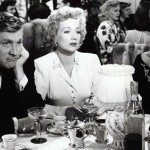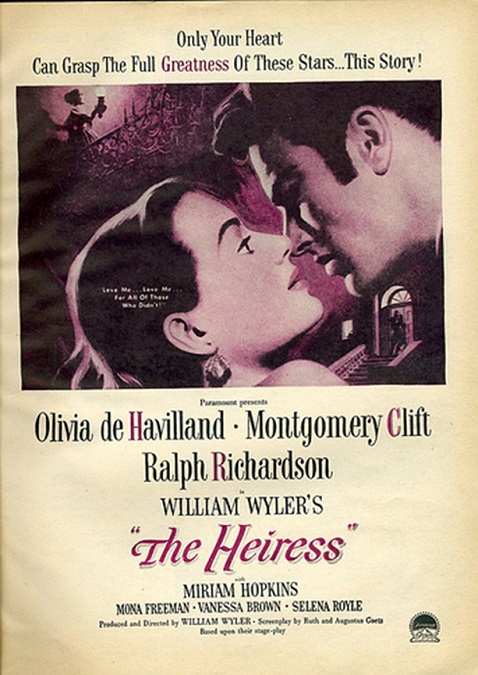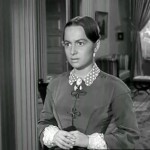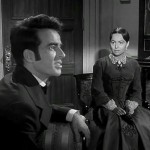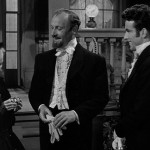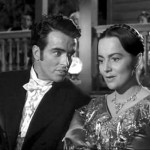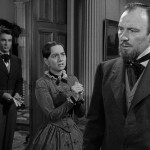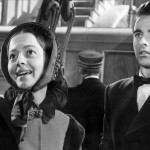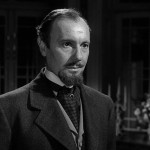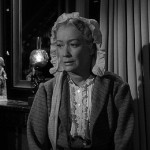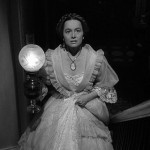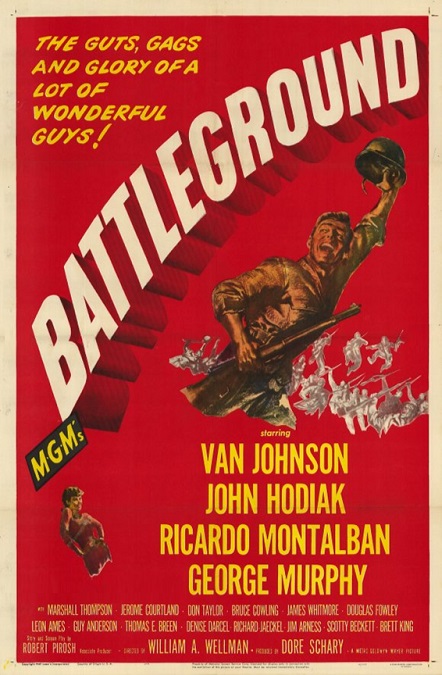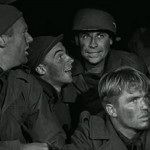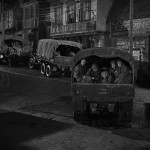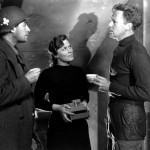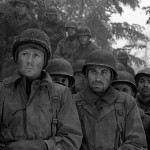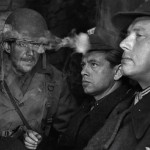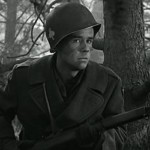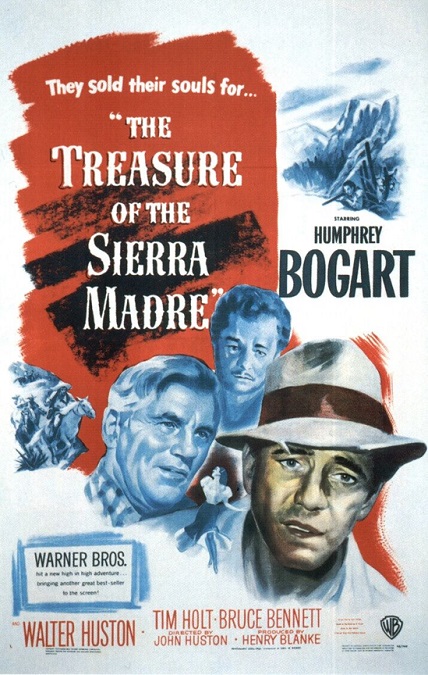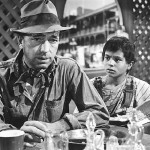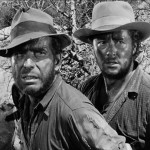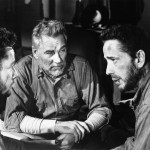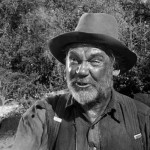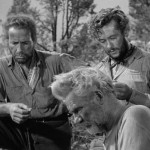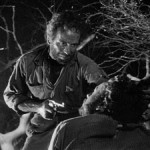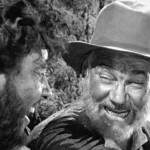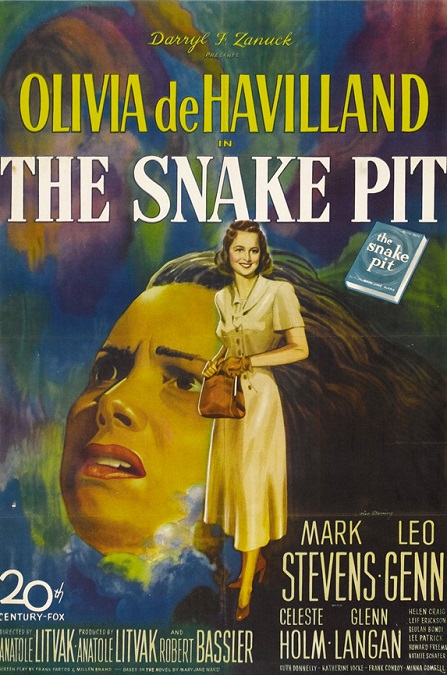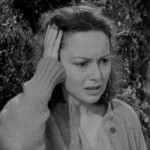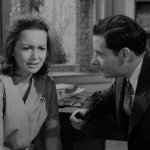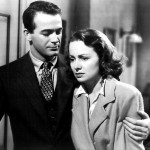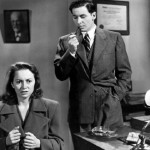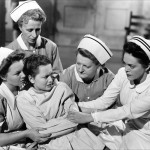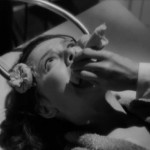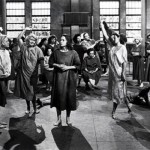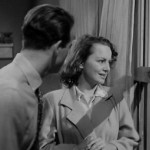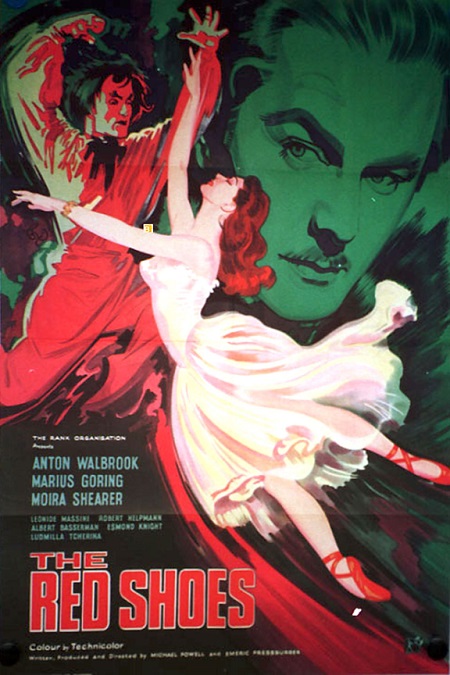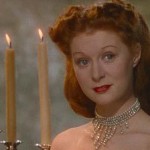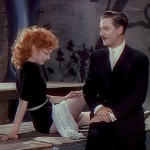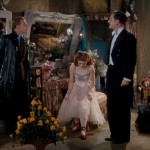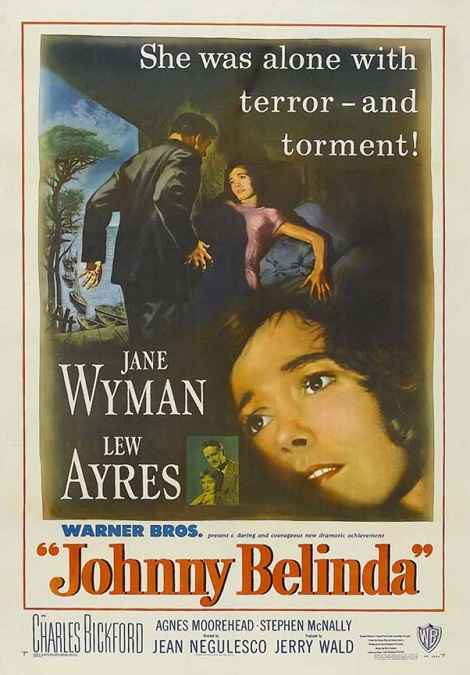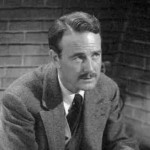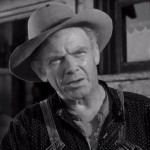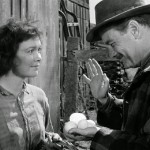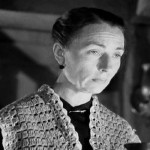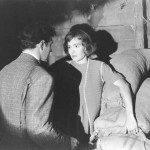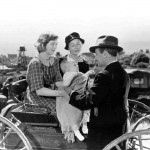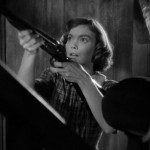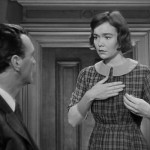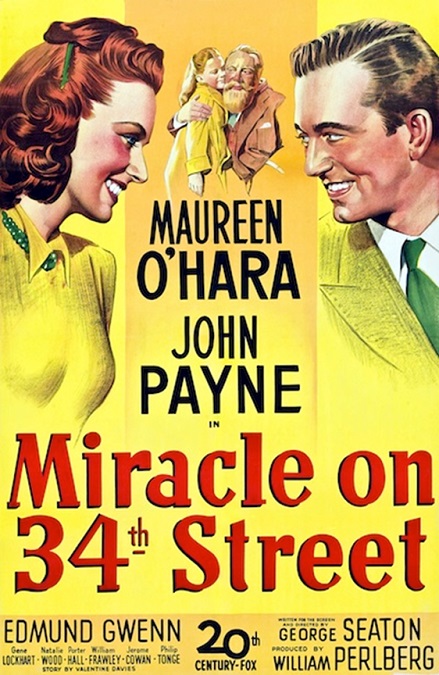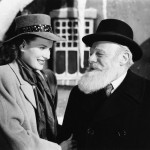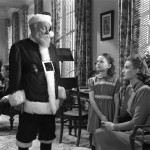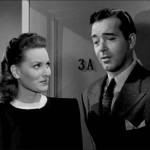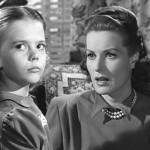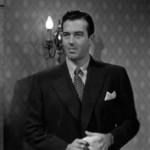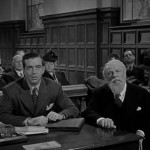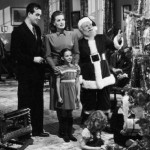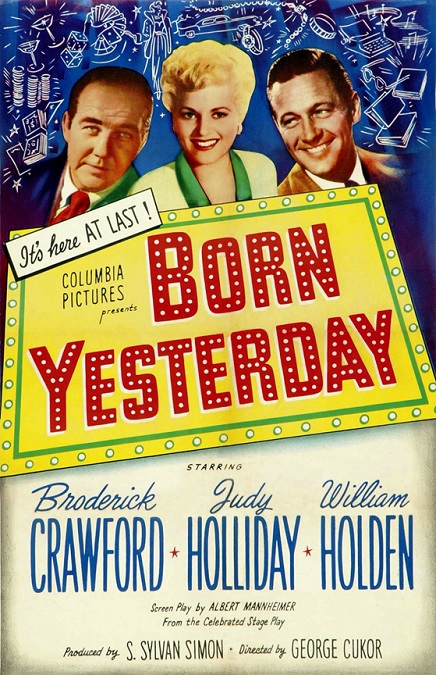
Born Yesterday – 1950
If she only had a brain… Who knew – she did. That was what this movie was really about. It stars Judy Holliday, Broderick Crawford, and William Holden. The story is simple, and while it was an alright film with an interesting premise, I felt like the performances were a little one-note. I also have a few suggestions about how the drama of the plot might be enhanced.
But I’ll start with the performances of the three leads. Broderick Crawford played corrupt business owner, Harry Brock. He is uncouth, bossy, manipulative, violent, and altogether narcissistic. His was the flattest character of the bunch. Now, I can’t put too much blame on the actor as it was mostly the lack of any character development written into the script. He was the bad guy who didn’t have a single redeeming quality. They tried to give him a little back-story, but it told us nothing except that he had been the bad guy since he was a little boy.
His woman was Billy Dawn, played by Holliday. She was an airhead through and through. She didn’t have an original thought in her head. That in itself would be alright since it was a plot point. Throughout the film, she is tutored, and gains a small amount of intelligence. My problem with her character is that they didn’t take her education far enough. The ending would have been far more believable if Albert Mannheimer, the screenwriter, had known the difference between learning and comprehending. And she never once used her intelligence to rebel against Brock, only the independence that it fostered.
The man hired to educate Billy was Paul Verral, played by Holden. He was probably the second most complex character in the film. He had several angles that he was working. First he was a reporter that wanted to investigate Brock. Second, he was very intelligent. Third, he slowly fell in love with Billy.
And finally, I’ll mention a supporting character who I actually think was more complex than the rest of them. Jim Devery played Brock’s lawyer, Howard St. John. He knew Brock was a crook, and he knew that he was an accomplice to a crook. He felt a certain amount of guilt and self-pity for his association with the man. But that was about it. So little time was devoted to his character development, or anyone else’s for that matter.
But I would have done things a little differently. I would have given Brock something significant in his childhood which drove him to become a crook. And he would have been a little smarter than he was written to be. They also hinted at the fact that he was crazy about Billy, except he didn’t seem emotionally affected when she left him. I would have wanted to see more evidence of that.
I would have made Billy’s character change from an airhead to someone who was actually on the same intellectual level as Brock, or possibly even Paul. During the film’s climax, when Billy learns enough to want independence from Brock, she is still spouting off little quotes from books, without fully understanding what some of them mean. I wanted to see her become significantly intelligent, with original and creative thoughts, and I wanted to see her use that intelligence to get back at Brock in a more aggressive manner. Oh well. At least the film ended implying that she had the potential to grow even further.
In the case of Paul, I would have liked him to be more devious and less flippant when dealing with Brock. Sure, he arranged Brock’s downfall, if that is what it was, but the fact that Brock was never punished for his crimes, was not lost on me. I mean he was actually shown slapping Billy across the face a few times. I wanted him punished for that, if nothing else. But Billy and Paul left, saying that they wouldn’t send him to jail, if he would only let them leave in peace. They even made arrangements to eventually return all of his money to him, making the film’s end, in my opinion, a bit weak.
And of course, I would be remiss if I didn’t mention the film’s patriotic angle. The film came out in 1950, and the world was still coping with the aftermath of WWII. One of the main focal points of Billy’s education was visiting the capitol building and the Jefferson Memorial in Washington D.C. She was especially inspired by the quote engraved into the memorial’s marble walls which says, “…I have sworn upon the altar of God eternal hostility against every form of tyranny over the mind of man.” You can’t tell me that wasn’t a reference to the virtue of a world free from the tyranny of Nazi Germany.
So what am I saying about Born Yesterday? I’m saying that it was a pretty average movie. It wasn’t bad, but it wasn’t great either. The actors did the best they could with the under-developed script. In other words, I’m glad it didn’t win the Best Picture Oscar. But it was up against All About Eve, an infinitely better written, and better acted film, so I don’t think it was a stiff competition.
